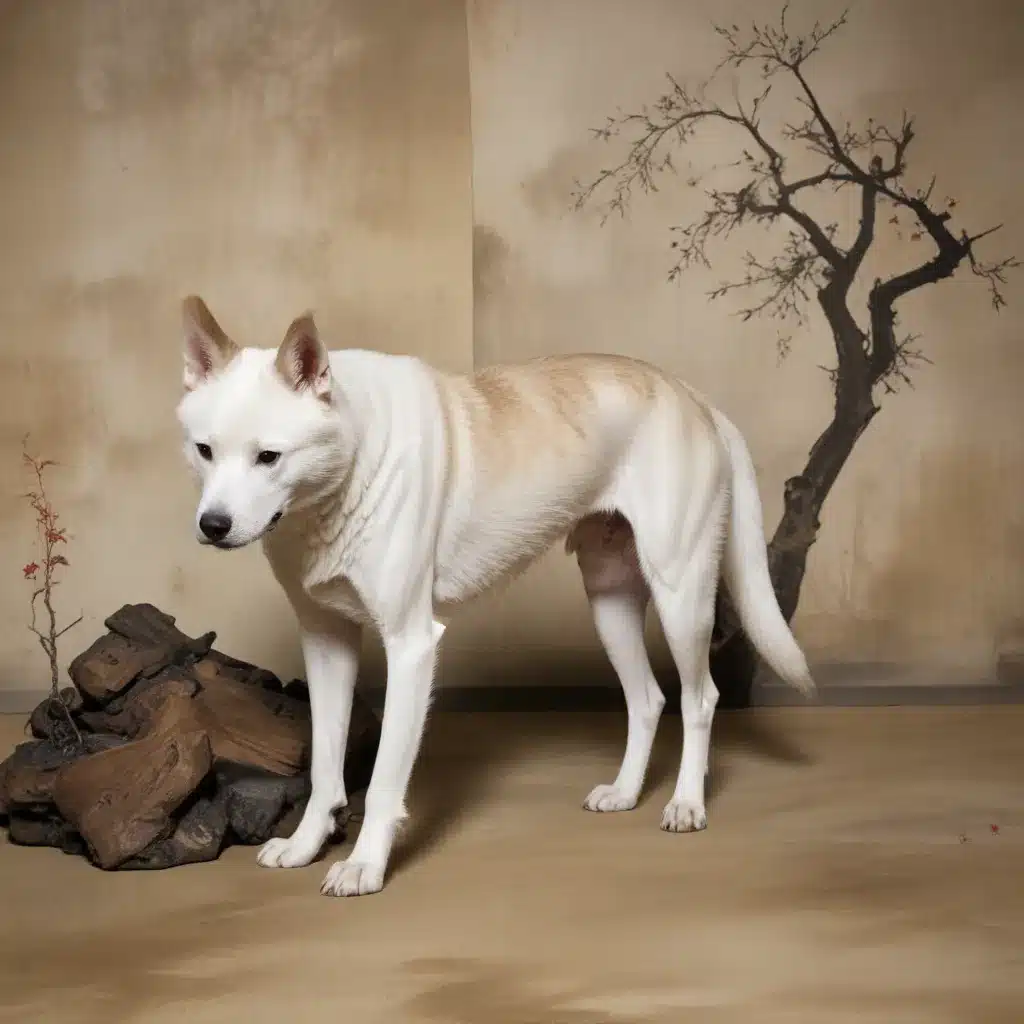
The Artistic Embrace of Imperfection: Wabi-Sabi and its Influence
The Wabi-Sabi Aesthetic in Japanese Art
The ancient Japanese philosophy of Wabi-Sabi embraces the beauty of imperfection, impermanence, and incompletion. This aesthetic principle has deeply influenced various art forms in Japan, from ceramics and poetry to garden design and architecture.
At its core, Wabi-Sabi revolves around the acceptance of transience and the appreciation of the flawed, irregular, and asymmetrical. It finds elegance in the unfinished, the weathered, and the modest. This reverence for imperfection stands in stark contrast to Western ideals of pristine, geometric perfection.
The origins of Wabi-Sabi can be traced back to the Buddhist teachings of the three marks of existence: impermanence (mujō), suffering (ku), and the absence of self-nature (kū). These philosophical underpinnings inform a perspective that embraces the natural cycles of growth, decay, and renewal. The patina of age, the irregularities of handmade objects, and the ephemeral beauty of nature are all celebrated within the Wabi-Sabi worldview.
Resonance of Wabi-Sabi in Pet Portraiture
The principles of Wabi-Sabi find particular resonance in the realm of pet portraiture. Capturing the essence of a beloved animal companion requires an artistic sensibility that embraces the imperfect and the ever-changing.
Unlike the static perfection often sought in traditional portraiture, pet art celebrates the unique characteristics and quirks that make each animal subject truly special. A crooked smile, a wayward tuft of fur, or a mischievous gleam in the eye – these are the hallmarks of a Wabi-Sabi-inspired pet portrait.
The artist who seeks to embrace the Wabi-Sabi aesthetic in their pet art understands that the true beauty lies not in flawless replication, but in the honest and empathetic rendering of the subject’s personality. By allowing the medium to showcase the inherent irregularities and spontaneity of the pet, the artist creates a work that feels alive, authentic, and deeply connected to the living, breathing creature it represents.
Techniques and Approaches in Pet Portraiture
Modern Painting Styles and Mediums
Wabi-Sabi pet portraiture often lends itself to a variety of modern painting styles and mediums. From the luminous, layered washes of watercolor to the textured impasto of oil paints, the artist has a wealth of tools at their disposal to capture the essence of their furry, feathered, or scaled subjects.
Experimentation with mixed media can also be a powerful way to embrace the Wabi-Sabi aesthetic. Incorporating collage elements, found objects, or unconventional materials can introduce an element of chance and unpredictability, mirroring the spontaneity of the pet’s nature. The interplay of planned and unplanned elements can result in captivating, one-of-a-kind pet portraits.
Color Theory and its Application
Color theory plays a crucial role in Wabi-Sabi-inspired pet portraiture. Rather than striving for hyper-realistic renditions, the artist may opt for harmonious, muted palettes that evoke a sense of timelessness and tranquility.
Highlighting the subtle textures and nuances of the pet’s fur, feathers, or scales can be achieved through the judicious use of complementary hues and atmospheric washes of color. The artist’s hand becomes visible in the expressive brushwork, allowing the medium to become an integral part of the work’s character.
By embracing the inherent imperfections of the painting process, the artist can create pet portraits that feel organic, lived-in, and imbued with the spirit of the subject. The focus shifts from technical virtuosity to a more intuitive, emotive interpretation of the animal’s essence.
The Sketching to Painting Process
The journey from initial sketches to the final pet portrait is often a meandering, iterative process that aligns with the Wabi-Sabi philosophy. The artist may begin with quick, gestural studies, capturing the essence of the pet’s movement, expression, and personality.
These sketches then serve as a springboard for further exploration, with the artist allowing the painting to evolve organically. Layers of paint are built up, obscured, and revealed, much like the natural processes of growth and decay that Wabi-Sabi celebrates. Mistakes and happy accidents are embraced as integral to the work’s character, rather than being seen as flaws to be corrected.
The final pet portrait becomes a unique, one-of-a-kind manifestation of the artist’s intuitive connection with their subject. The sense of impermanence and incompletion inherent in the Wabi-Sabi aesthetic is reflected in the work, inviting the viewer to engage with the piece and find their own meaning within the imperfect beauty.
Drawing and Rendering Pets with Skill
Specialized Tips for Capturing Pets
Rendering pets with a Wabi-Sabi sensibility requires a keen eye for observation and a willingness to let go of rigid control. The artist must be attuned to the fleeting, spontaneous expressions and poses of their animal subjects, capturing the essence of their movement and energy.
Paying close attention to the nuances of facial features, such as the placement of eyes, ears, and muzzle, can help the artist convey the unique personality of the pet. Likewise, depicting the dynamic flow of the animal’s body and the subtle shifts in its stance can imbue the portrait with a sense of liveliness and authenticity.
Creative Inspirations and Conceptualization
Beyond the technical aspects of rendering pets, the Wabi-Sabi-inspired artist may find inspiration in exploring deeper conceptual themes and symbolic interpretations. The impermanence and cyclical nature of life can be reflected in pet portraits that incorporate motifs of growth, decay, or transformation.
Anthropomorphic interpretations, where the pet is imbued with human-like qualities or emotions, can also be a fruitful avenue of exploration. By embracing the Wabi-Sabi aesthetic, the artist can create pet portraits that transcend the literal and delve into the realm of metaphor and poetic expression.
Ultimately, the Wabi-Sabi approach to pet portraiture invites the artist and the viewer to celebrate the beauty of the imperfect, the fleeting, and the ever-changing. It is a celebration of life in all its messy, glorious complexity, captured through the lens of the artist’s unique vision and the inherent charm of the beloved animal subject.